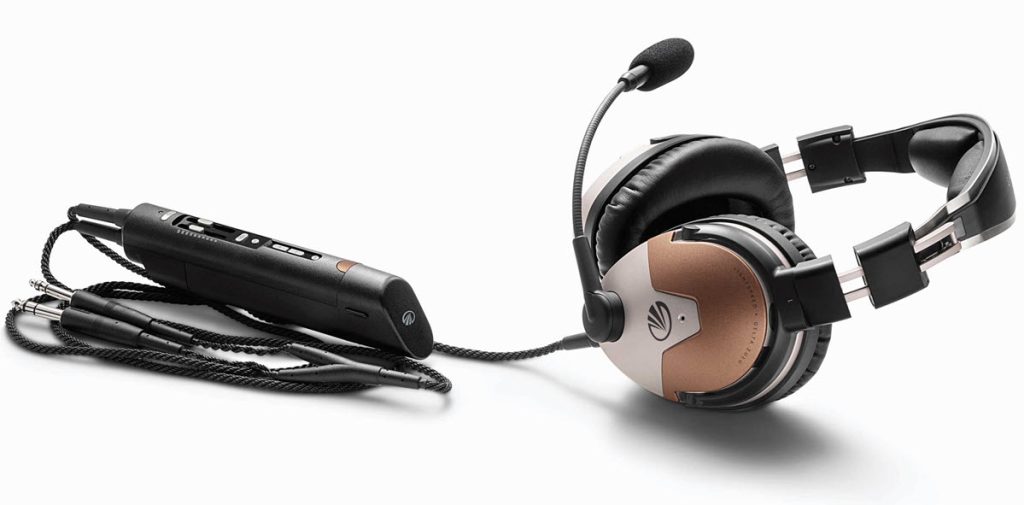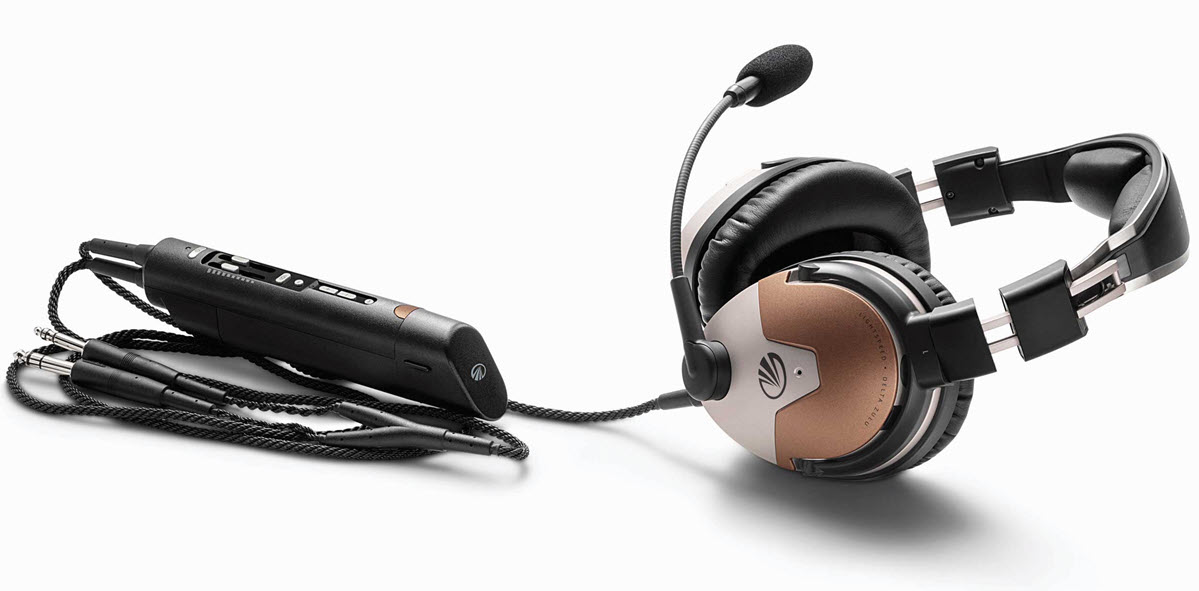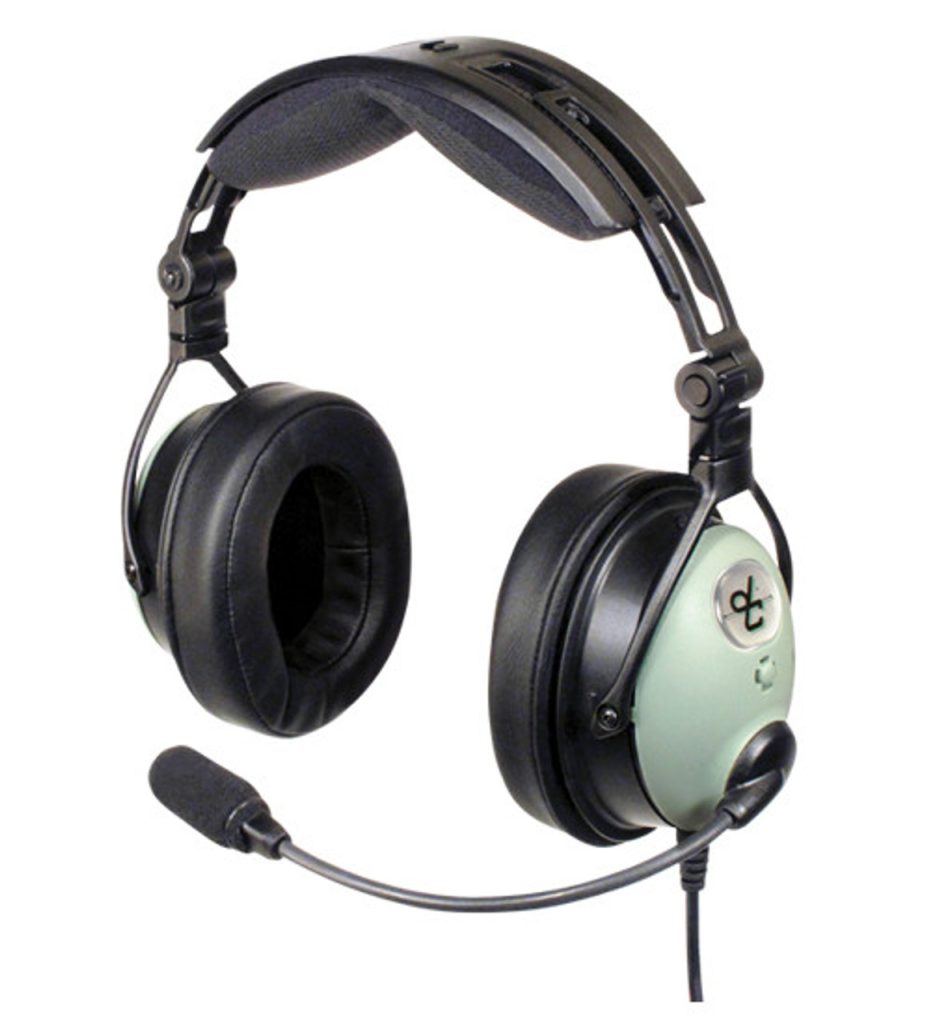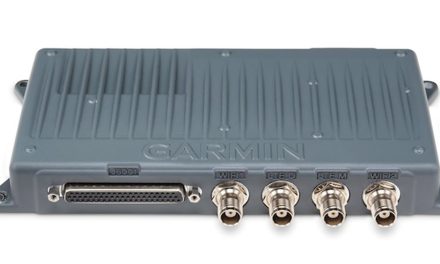We have five senses, and we often take them for granted. In life and in the air, our senses are how we navigate the world. In an aircraft, sight and sound play the major roles. Through sight and sound, we “see and avoid.” We learned early and often to keep our heads and eyes out of the cockpit. With ADS-B, more of us are now receiving verbal clues to help us “hear and avoid,” and communicating with ATC and our fellow pilots away from the crowds is basic.
What about your other three senses? Certainly, the sense of smell plays only a small role until we smell smoke or gasoline, which leads us to panic in a hurry. So, we cannot take the sense of smell out of the cockpit. I’ve frequently mentioned my own feeling about having a GPS or something on the yoke because I think we get some “feedback” from the yoke when we are flying, especially when we are landing. A heavy GPS or iPad on the yoke took some of that feel away for me, so yes, touch does play a role in the cockpit, too. Okay, I admit the sense of taste doesn’t fit here, at least not until we land and bite into that $100 hamburger.
Experts say our sense of hearing is our strongest sense and the last to fail in the end. In an airplane, we listen to the radio and respond as necessary, but we are also listening to the engine for clues that everything is okay. I mentioned we sometimes take these senses for granted. No one would knowingly risk the loss of any of these senses. But when you fly, there is one sense that is vulnerable to damage in an aircraft; your hearing.
I did a little research on the subject and found experts are concerned about hearing loss when we are exposed to noise levels in excess of 90 dB (decibels), not so much from single incidents of loud noises but from the length of the exposure. A sudden, significant noise can have a short or long-term effect on our hearing, but a lesser sound level for longer periods of time is more likely to cause permanent hearing loss. The latter represents the cockpit environment.
Here’s a chart form the FAA’s paper on “Hearing and Noise in Aviation”
SOURCE OF SOUND NOISE LEVEL (DB)
| Whispered Voice | 20-30 |
| Urban Home, Average Office | 40-60 |
| Average Male Conversation | 60-65 |
| Noisy Office, Low Traffic Street | 60-80 |
| Jet Transports (Cabin) | 60-88 |
| Small Single Engine Plane (Cockpit) | 70-90 |
| Public Address (PA) Systems | 90-100 |
| Busy City Street | 80-100 |
| Single Rotor Helicopter (Cockpit) | 80-102 |
| Power Lawn Mower, Chain Saw | 100-110 |
| Snowmobile, Thunder | 110-120 |
| Rock Concert | 115-120 |
| Jet Engine (Proximity) | 130-160 |
As you can see, the FAA considers the ambient noise level inside a single engine aircraft to be about 70-90 dB. They are suggesting pilots fall just under the level of concern. However, are they testing a 2024 Cessna or Piper single or a legacy aircraft? Noise levels in singles can vary widely. Pilots are aware of the noise in their aircraft and most, if not all pilots today, wear headsets. This wasn’t true in 1972 when I got into flying. Intercoms were not available, so we yelled when talking to our passengers and we struggled to hear communications over our radios. I seem to remember having Telex passive headsets back then and I thought they did the job. The options are better today. So are the tools we use to protect ourselves from hearing loss in an aircraft. Let’s look at what is available in hearing protection technology for the GA pilot starting with ANR’s (Active Noise Reduction). Remember, we are talking about headsets for GA singles that have full earcups completely covering the ears. In-ear headsets or headsets that touch the ear but don’t create a passive seal are for twins and jets.
Active Noise Reduction Headsets
Essentially, all ANR headsets operate the same way.
They have …
- a microphone that “hears” the ambient sound levels in the cockpit which get into the headset.
- electronics that “process” the signal and send it to the anti-noise speaker
- a speaker (“ANR driver”) that “adds” sound into the headset cavity
This added sound combines with the existing ambient noise in the aircraft to reduce the overall noise level. The “summing” of these signals represents the active cancellation. You’ll find ANR headsets from $1299 (Bose A30) to $349 (Faro G2). Let’s look at the more popular options.
Bose. Bose offers the new A30 at $1299 and their previous model, the A20 at $1099, although some vendors no longer list the A20. Bose first introduced an ANR that uses ship’s power vs. batteries, a feature popular with frequent flyers. Both models are available with batteries or ship’s power.

Have a website login already? Log in and start reading now.
Never created a website login before? Find your Customer Number (it’s on your mailing label) and register here.
JOIN HERE
Still have questions? Contact us here.








